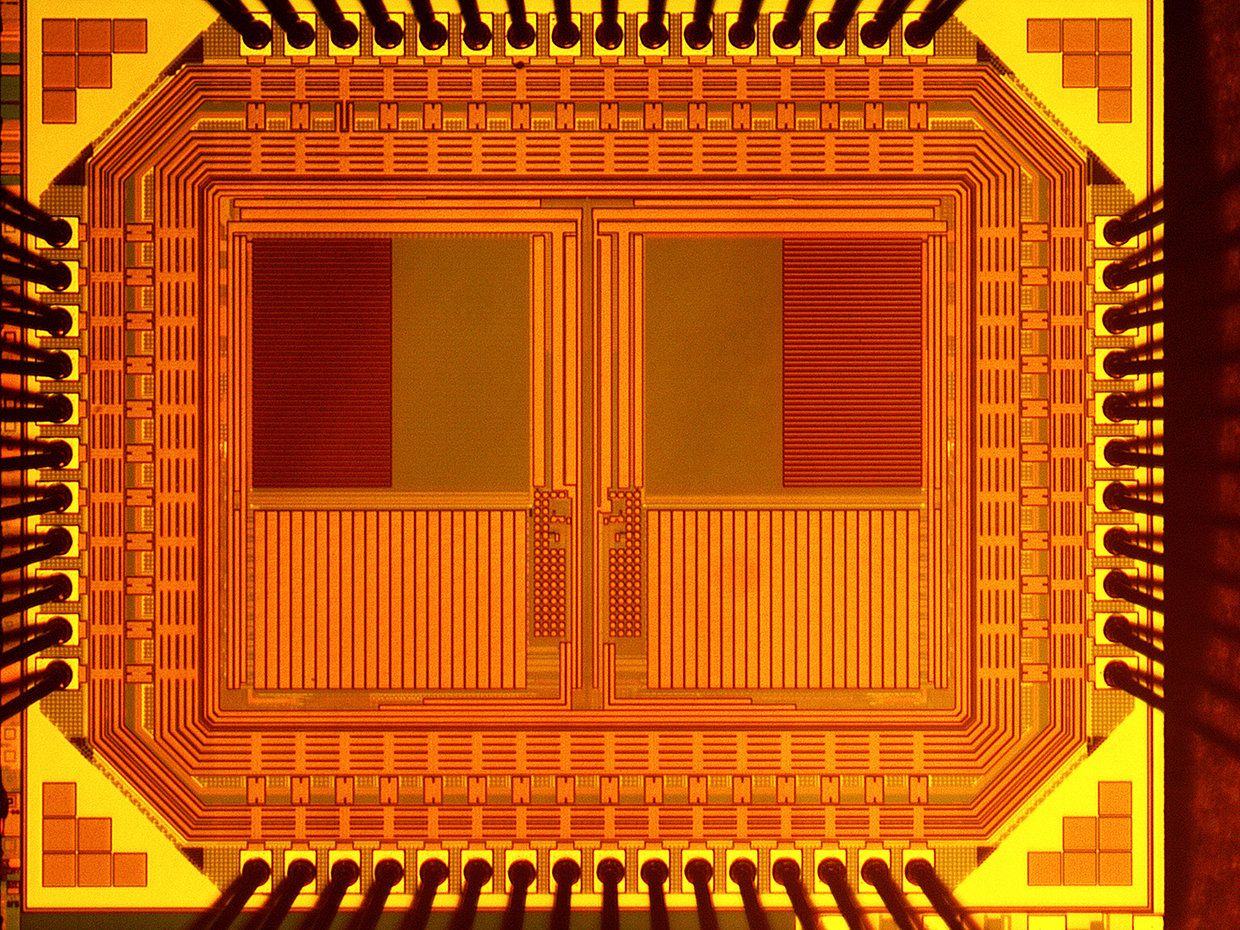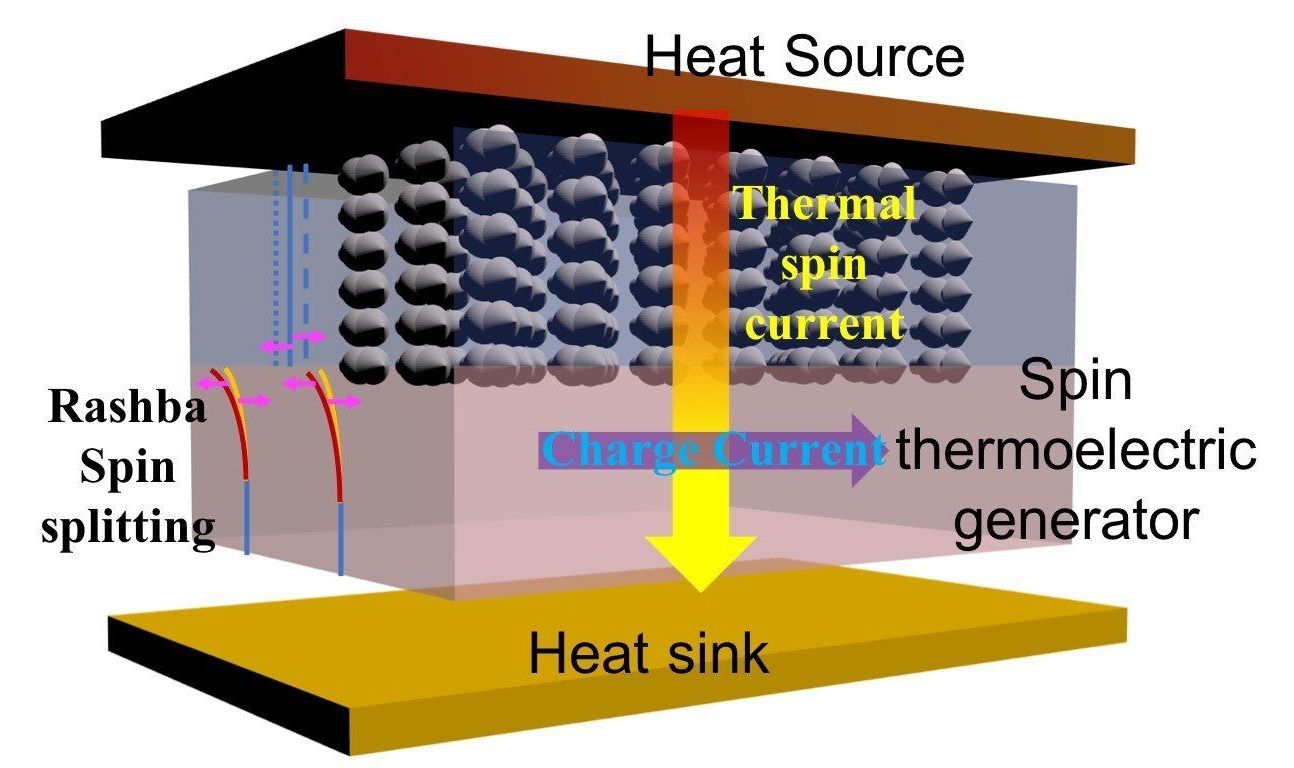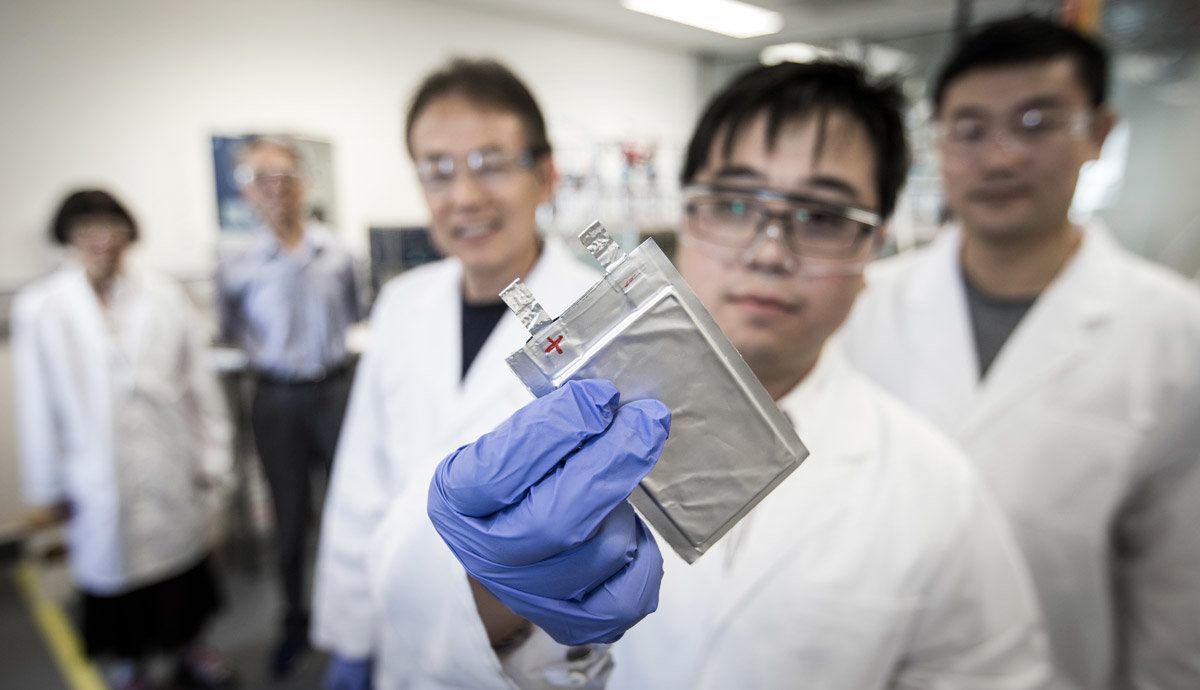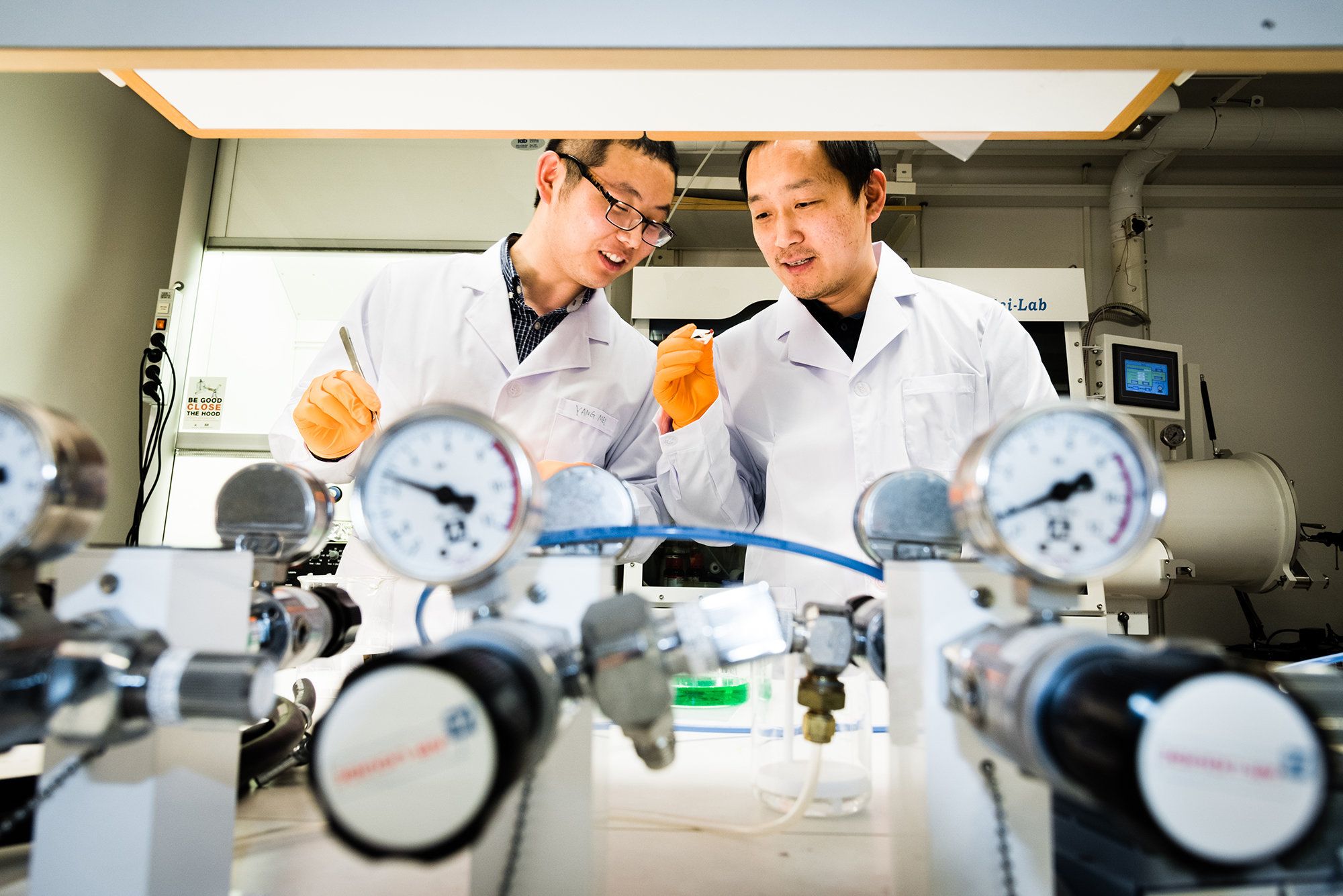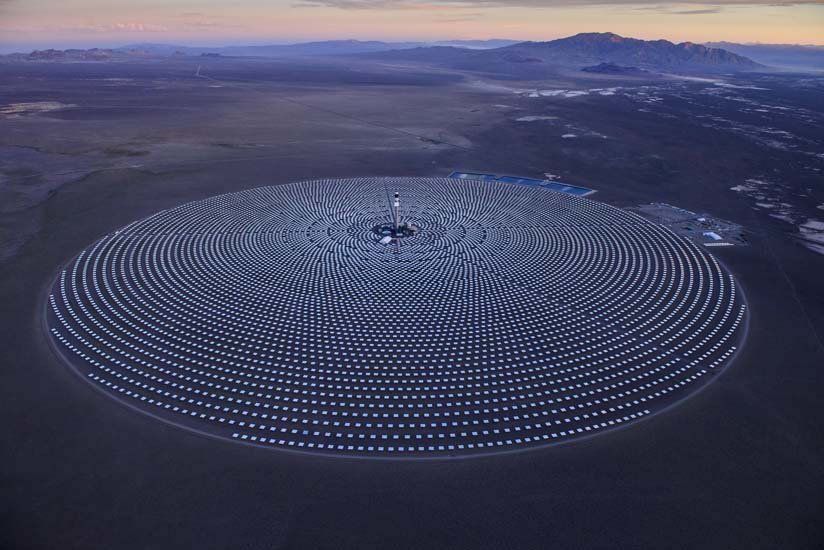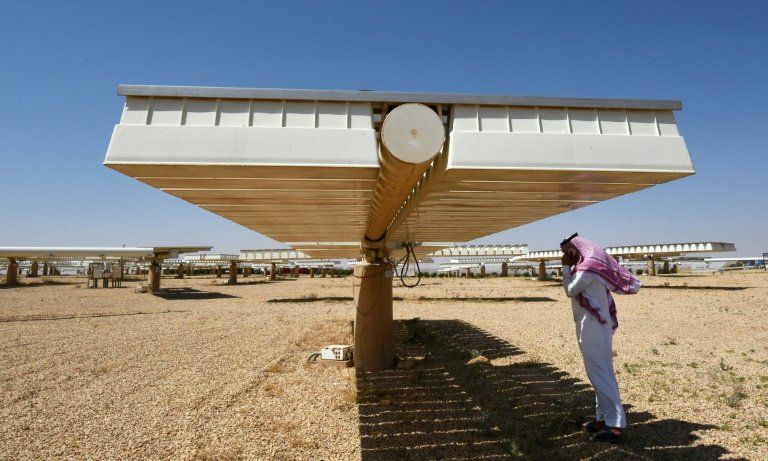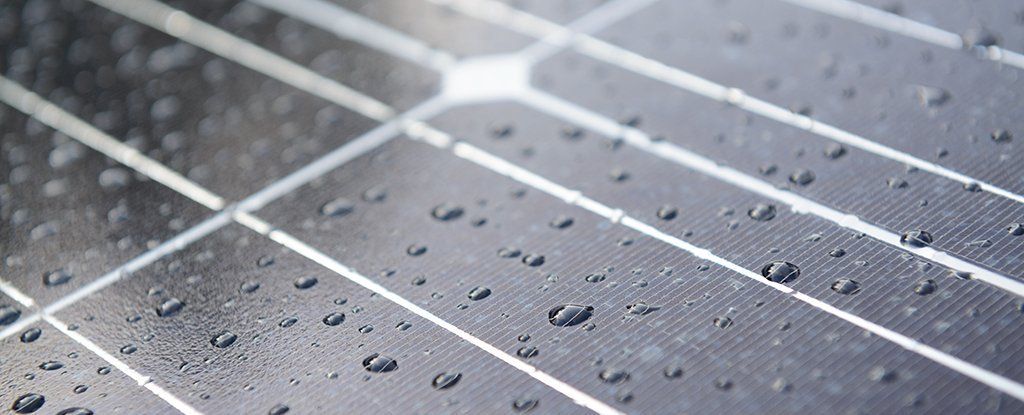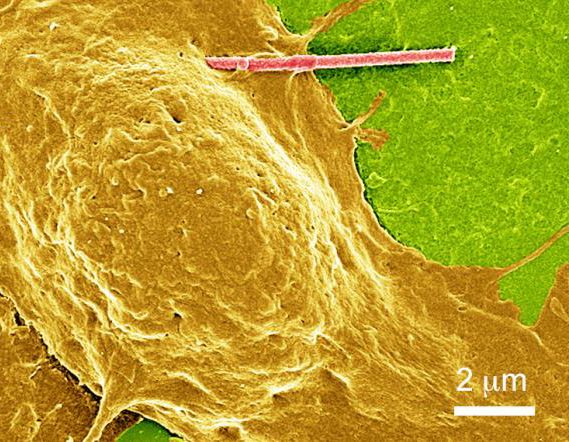Researchers proposed implementing the residential energy scheduling algorithm by training three action dependent heuristic dynamic programming (ADHDP) networks, each one based on a weather type of sunny, partly cloudy, or cloudy. ADHDP networks are considered ‘smart,’ as their response can change based on different conditions.
“In the future, we expect to have various types of power supplies to every household including the grid, windmills, solar panels and biogenerators. The issues here are the varying nature of these power sources, which do not generate electricity at a stable rate,” said Derong Liu, a professor with the School of Automation at the Guangdong University of Technology in China and an author on the paper. “For example, power generated from windmills and solar panels depends on the weather, and they vary a lot compared to the more stable power supplied by the grid. In order to improve these power sources, we need much smarter algorithms in managing/scheduling them.”
The details were published on the January 10th issue of IEEE/CAA Journal of Automatica Sinica, a joint bimonthly publication of the IEEE and the Chinese Association of Automation.

